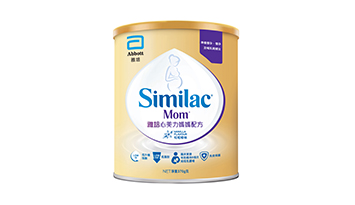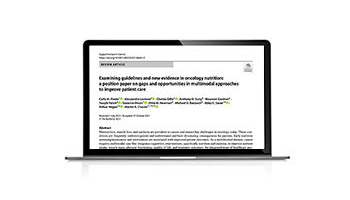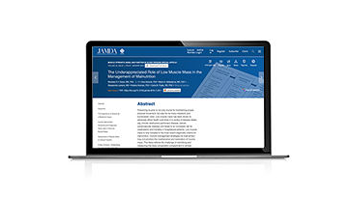Similac® Isomil® (for newborns and up) 900g
Similac® Isomil® (for newborns and up) 900g
A CLINICALLY PROVEN SOLUTION FOR DIFFERENT FEEDING ISSUES
IMPORTED FROM THE NETHERLANDS
Hydrolyzed corn starch, soy protein isolate, high oleic sunflower oil, sucrose, coconut oil, soy oil, MINERALS (calcium phosphate tribasic, potassium citrate, sodium chloride, potassium chloride, magnesium chloride, ferrous sulfate, zinc sulfate, cupric sulfate, potassium iodide, sodium selenite), fructo-oligosaccharides, emulsifier (soy lecithin), arachidonic acid (AA), VITAMINS (ascorbic acid, choline chloride, antioxidant (ascorbyl palmitate), antioxidant (mixed tocopherols), niacinamide, calcium pantothenate, d-alpha tocopheryl acetate, Vitamin A palmitate, riboflavin, thiamine hydrochloride, pyridoxine hydrochloride, folic acid, phylloquinone, biotin, Vitamin D3, cyanocobalamin), I-methionine, docosahexaenoic acid (DHA), m-inositol, taurine, I-tryptophan, I-carnitine tartrate, CAROTENOIDS (lutein, beta carotene).
Contains soy ingredient. Source of protein - soy protein.

Low GI lactation complete nutrition formula, 100% meeting important maternal nutrient needs during lactation to support breastfeeding. Abbott Similac® Mom contains most of the nutrients mentioned in National Institutes of Health (NIH) on the important maternal nutrients during lactation, including protein, DHA (10mg/100ml), folic acid, and 18 vitamins and minerals. Suggest to have 2 servings per day with a balanced diet, while staying active and relaxed to support breastfeeding. 2 servings per day can even allow users to meet the requirement of National Institutes of Health (NIH) recommended dietary intake of the important maternal nutrient needs during lactation including vitamin B12 and iron.

The best clinically proven children nutritional supplement with complete, balanced nutrition for growth and immunity.

The best clinically proven children nutritional supplement with complete, balanced nutrition for growth and immunity.
Examining guidelines and new evidence in oncology nutrition


Malnutrition, muscle loss, and cachexia are prevalent in cancer and remain key challenges in oncology today. These conditions are frequently underrecognised and undertreated and have devastating consequences for patients. Early nutrition screening/assessment and intervention are associated with improved patient outcomes.


The benefits of oral nutritional supplements containing HMB are supported by evidence from over 18 clinical studies,9-27 read this short article to learn more about the benefits of HMB.
The Underappreciated Role of Low Muscle Mass in the Management of Malnutrition


This opinion article, published in Journal of American Medical Directors Association (JAMDA), addresses the role of muscle mass in improving health outcomes in a variety of disease states. It also offers strategies you can use to help patients manage low muscle mass and prevent muscle loss.
References:
HKG.2025.58161.PND
SESSION TIMEOUT
You have now gained access to ProConnect for a limited time. We will now verify your details before your account becomes fully active.
You are now able to freely access all resources and education during this visit to the ProConnect website. An email will be sent to you within 2 working days to activate your account which will complete your registration process.
Stay Connected